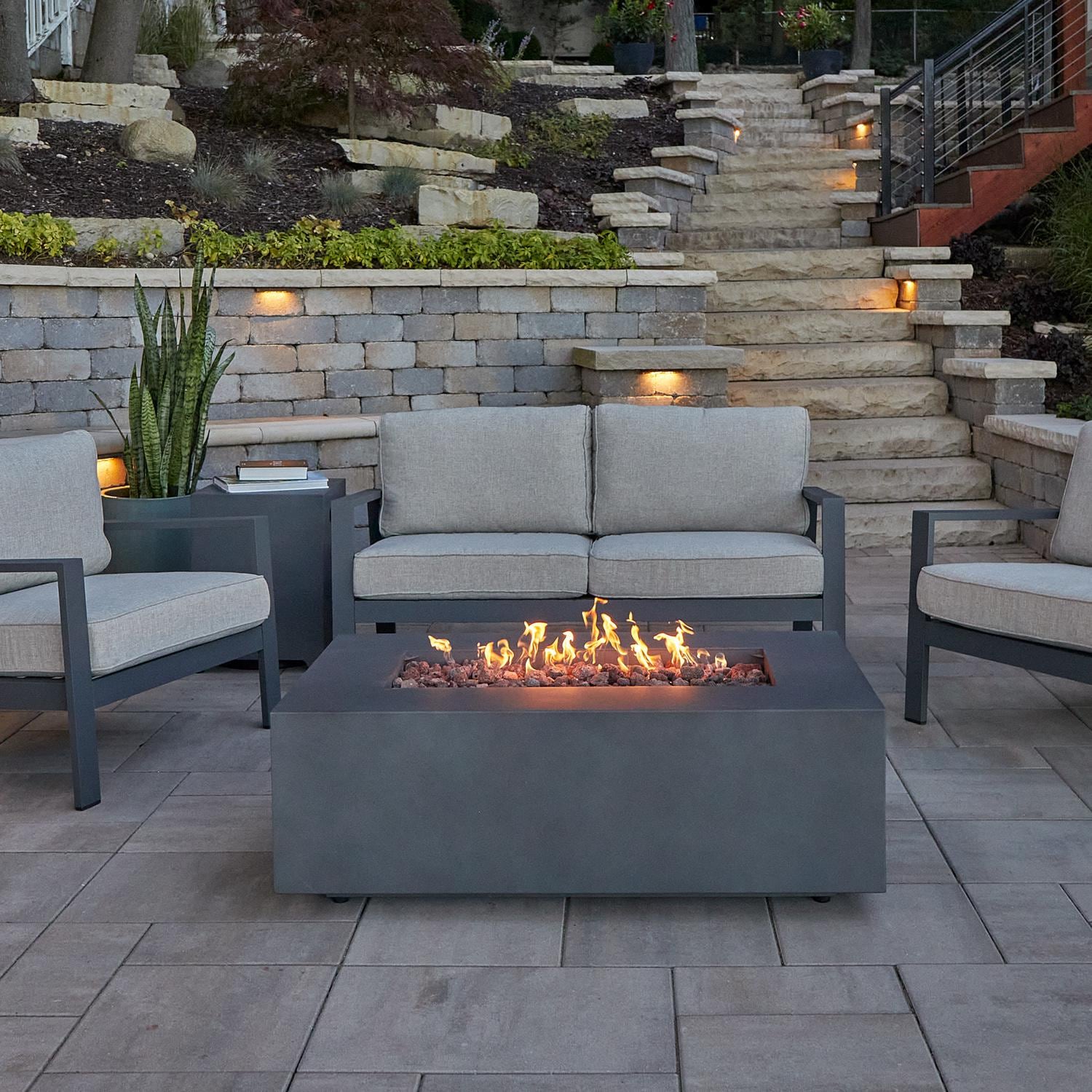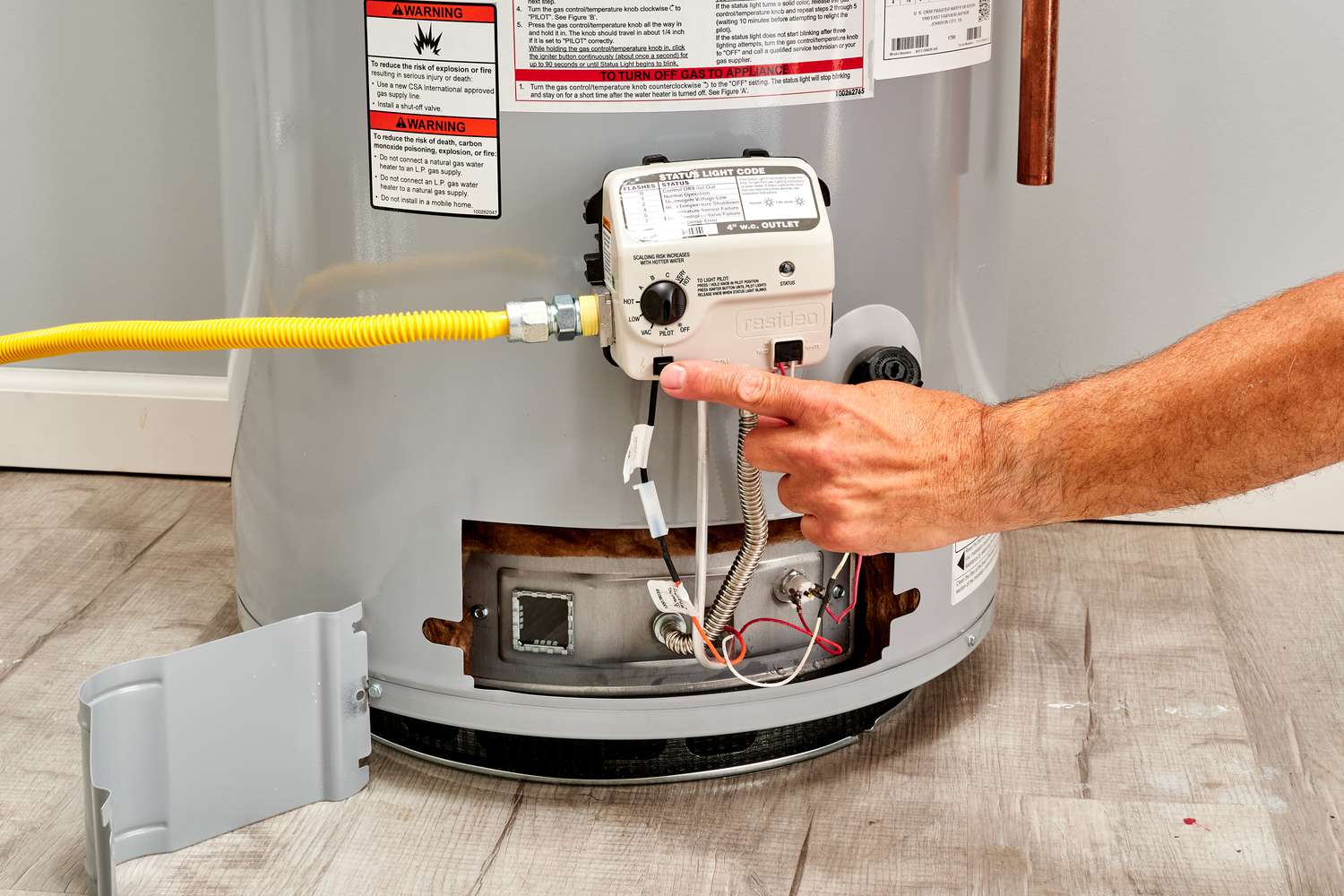Do Patio Heaters Make Noise? Unveiling the Truth
Patio heaters can make noise, especially if they have a fan or a gas burner. Introducing warmth and ambiance to outdoor spaces, patio heaters have gained popularity among homeowners. However, it’s essential to consider the potential noise they may produce. Some patio heaters generate noise, particularly those equipped with fans or gas burners. While the noise level varies depending on the model and type of heater, it is important to find a suitable heater that produces minimal noise for a pleasant outdoor experience. Credit: www.nytimes.com Understanding The Mechanics Of Patio Heaters Patio heaters are often lauded for their ability to provide warmth outdoors. However, many people wonder if these heaters make any noise. In this brief guide, we will explore the mechanics of patio heaters to understand if they produce any audible sounds. With outdoor spaces becoming increasingly popular for relaxation and entertainment, patio heaters have become a go-to solution for keeping these areas warm and cozy. But have you ever wondered how these devices work? In this section, we’ll delve into the mechanics of patio heaters, exploring the different types available and highlighting their key components. Types Of Patio Heaters: Overview Of Patio Heater Mechanisms: When it comes to the mechanics behind patio heaters, there are a few key components working together to provide warmth. Let’s take a closer look at these components: Understanding the mechanics of patio heaters not only helps us make informed decisions when purchasing one but also allows us to appreciate the engineering behind these devices. Whether you opt for a propane patio heater or an electric one, knowing how they work can enhance your outdoor experience and keep you comfortable during chilly evenings. So, next time you gather around your patio, feel confident in your understanding of these heating marvels. Decoding The Physics: How Noise Is Generated Patio heaters can generate noise due to the physics of their operation. Understanding how noise is produced can help decode the reasons behind the noise generated by patio heaters. The Science Behind Noise Production Noise is an inevitable byproduct of the operation of patio heaters. Understanding the physics behind noise generation can help shed light on why patio heaters make noise and how this noise can be minimized. Let’s explore the science behind it. Different Sources Of Noise In Patio Heaters Patio heaters can produce noise from various sources, contributing to the overall soundscape. Here are the primary sources responsible for generating noise in patio heaters: These sources collectively contribute to the overall noise levels experienced when using patio heaters. Impact Of Fuel Type On Noise Levels The type of fuel used in patio heaters also plays a role in the noise they produce. Different fuel types can have varying combustion characteristics, affecting noise levels in the following ways: It’s important to consider the fuel type when choosing a patio heater if noise levels are a significant concern for you. In Summary Understanding the science behind noise production in patio heaters can help us appreciate why these devices generate sound. The combustion process, burner assembly, fan and motor, and gas flow all contribute to the overall noise levels experienced. Additionally, the type of fuel used can impact the noise generated by patio heaters. By considering these factors, you can make an informed decision when selecting a patio heater that meets your noise preferences. Common Noise Complaints And Solutions Patio heaters can generate noise, but there are solutions to minimize the impact. Opting for electric or infrared heaters rather than gas-powered ones can significantly reduce noise levels while still providing warmth for outdoor spaces. Additionally, choosing models with noise-reducing features like insulated burners or silent fans can further help minimize noise complaints. Analyzing Common Noise Complaints From Users: Potential Solutions For Noise Reduction: Balancing Noise Levels And Heating Performance: Remember, finding a patio heater that combines optimal noise reduction with efficient heating performance will enhance your outdoor gatherings and create a cozy atmosphere without compromising tranquility. Choosing A Noiseless Patio Heater A noiseless patio heater provides a peaceful ambiance for outdoor relaxation without any disruptions. Enjoy the warmth without the annoyance of excessive noise. Factors To Consider For A Noiseless Patio Heater When it comes to choosing a patio heater, noise can be a major factor to consider. Nobody wants a noisy heater disturbing their peaceful outdoor gatherings or relaxing evenings on the patio. If you’re in the market for a noiseless patio heater, here are some factors to consider: Examining Noise Ratings And Certifications To ensure a noiseless patio heater, it’s essential to examine noise ratings and certifications. Look for the following indicators to make an informed decision: Identifying Patio Heaters With Quiet Operation When searching for a patio heater with quiet operation, consider the following options: Remember, when it comes to choosing a noiseless patio heater, consider factors such as design, heat source, fan operation, and btu rating. Additionally, examine noise ratings and certifications to ensure quieter operation. Finally, explore infrared heaters, wall-mounted heaters, or tabletop heaters for options that prioritize silent performance. Noise Pollution Regulations And Safety Considerations Patio heaters can produce noise, which may lead to noise pollution. To ensure compliance with regulations and prioritize safety, it is crucial to consider the noise levels generated by patio heaters and take necessary measures to minimize any potential noise disturbance. Understanding Noise Regulations In Outdoor Spaces: Safety Precautions Related To Patio Heater Noise Levels: Tips For Minimizing Noise Disturbances: Always be mindful of noise pollution regulations to ensure a pleasant and safe outdoor experience. By following safety precautions and implementing noise reduction strategies, you can enjoy the warmth and comfort of patio heaters without causing disturbance to yourself or others. Remember, a peaceful and quiet outdoor environment contributes to a relaxing atmosphere. Frequently Asked Questions On Do Patio Heaters Make Noise Why Is My Outdoor Heater Making Noise? Outdoor heaters can make noise due to various reasons. One common cause is the buildup of dirt or debris in the heater’s burner or fan. This can
Do Patio Heaters Make Noise? Unveiling the Truth Read More »





